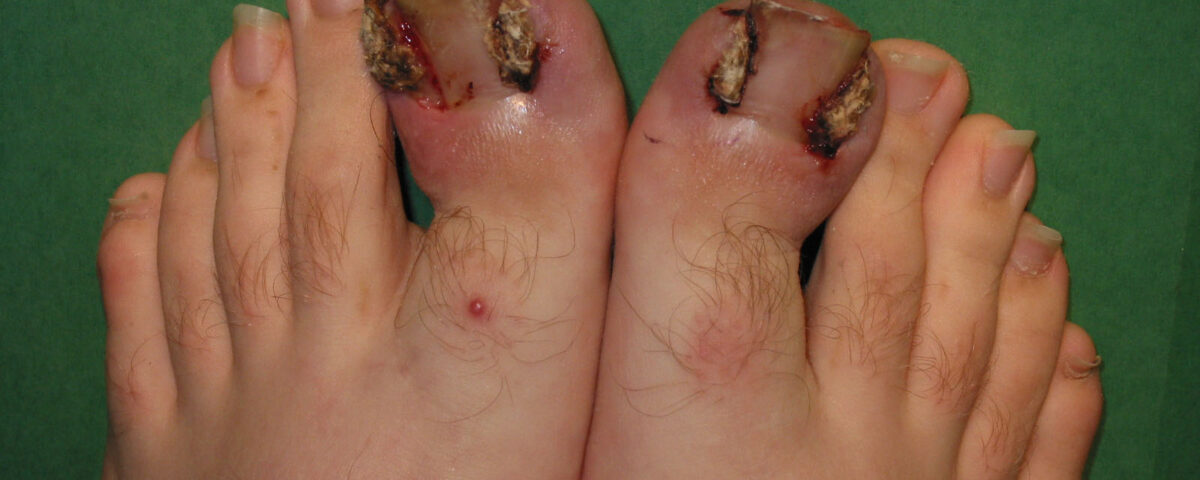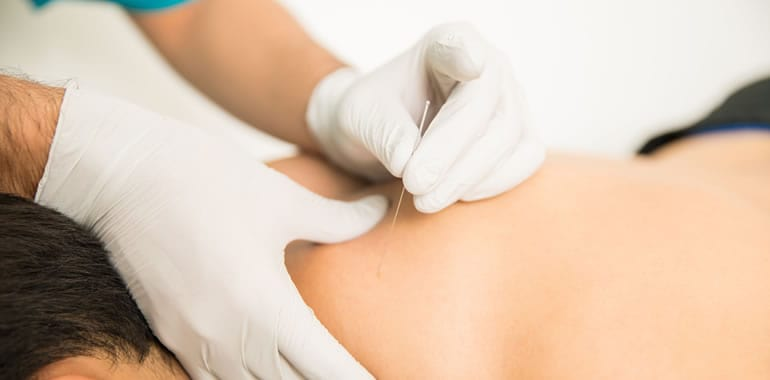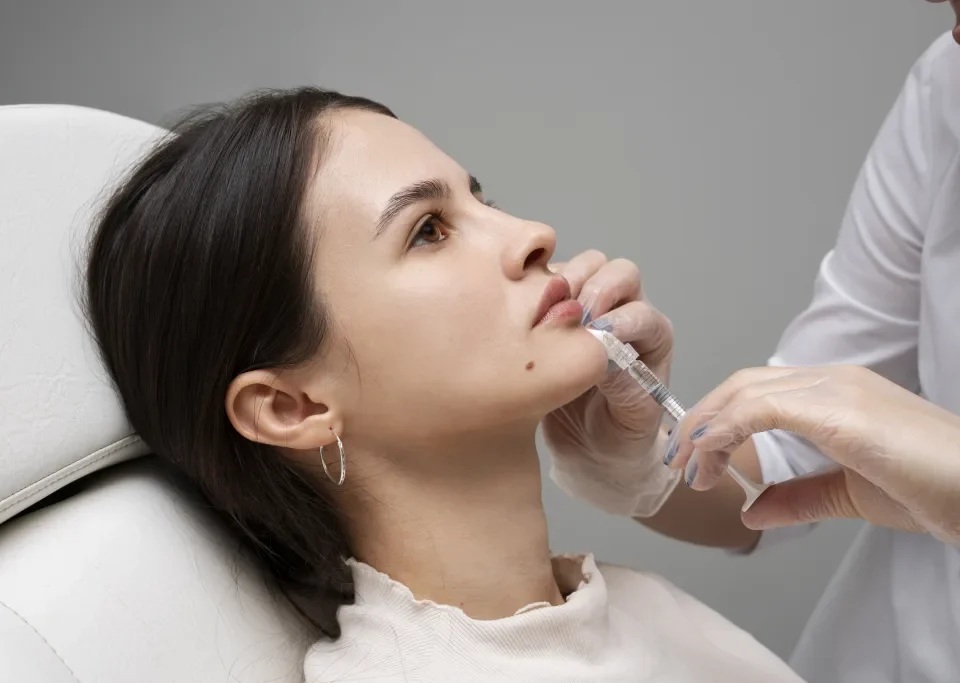
The Role of Family Practice in Mental Health
October 1, 2025
Urgent Care for School-year Illnesses and Injuries
October 1, 2025An ingrown toenail develops when the edge or corner of a toenail grows into the soft skin of your toe. This typically causes discomfort, redness, swelling, and sometimes infection near the nail. Although the big toe is frequently affected, any toe is at risk if proper nail care is not practiced. Here are some ways to avoid ingrown toenails:
Cut Nails Correctly
Proper nail trimming is an effective way to lower your risk of getting an ingrown toenail. Cut your toenails straight across, rather than curving the edges to match the shape of your toe. This helps prevent the nail from growing into the side of the toe. Avoid using small fingernail clippers or scissors, but choose larger, sharper toenail clippers for a cleaner, straight cut. Keeping toenails moderately long, with the corners visible above the skin level, maintains their protective edge. This helps reduce the likelihood that the skin will fold over and the nail will dig into the side of the toe. After cutting, file any rough spots with a nail file instead of rounding out the sides.
Improve Circulation
Healthy circulation in your feet supports proper nail growth and overall foot wellness. Outdoor winter activities, prolonged sitting, or maintaining crossed legs for extended periods can limit blood flow to the toes, increasing the likelihood of foot issues. You can help your circulation by putting your feet up for a few minutes whenever you’re sitting down, especially after long shopping trips or travel.
Gentle foot and ankle stretches, such as rotating your ankles or flexing your toes, can also help boost blood flow. If your daily routine involves standing in lines or sitting at a desk, take short breaks to walk or perform foot exercises. Wearing warm, non-restrictive socks during cold months helps keep blood flowing to your feet without constricting your toes, which supports nail health.
Adjust Footwear
Wearing shoes that fit comfortably is often an overlooked aspect of toenail care. Shoes or boots that squeeze your toes together, especially styles with pointed toes or high heels, may press the nail into the surrounding skin. To prevent problems, look for footwear with a wide, roomy toe box. Lace-up shoes and adjustable straps let you control the fit more precisely, so your toes have space to spread naturally. Select socks and hosiery that allow your toes to wiggle without compressing them. After a long day of wearing tighter shoes, give your feet some relief by switching to a supportive pair of slippers or athletic shoes at home.
Manage Chronic Conditions
Medical conditions such as diabetes, peripheral artery disease, and neuropathy may increase your risk for foot complications, including ingrown toenails. If you have these conditions, attentive foot care helps prevent minor issues from escalating. Check your feet daily for changes, such as redness, swelling, or tenderness near the toenails.
If you notice ingrown nails or experience difficulty caring for your feet, consult your healthcare provider. Keeping blood sugar levels well-managed and following a routine care plan helps maintain your overall foot health. Habits, such as moisturizing daily and protecting your feet from injury, provide additional protection.
Prevent an Ingrown Toenail Today
Trimming your nails, maintaining good blood flow, wearing proper shoes, and managing health issues help care for your feet during active seasons. If you have ongoing discomfort, such as swelling or signs of infection, visiting a podiatrist is recommended. They may advise partial nail removal or other minor procedures to correct the issue and prevent recurrence. Early attention helps prevent more serious problems. Contact a podiatrist today to learn more about foot care.
- Soutaipasu: Exploring the Unique Japanese Subculture and Fusion Cuisine
- Wollmatten Guide: Benefits, Uses, Care Tips & Buying Advice for Natural Wool Mats
- Jadeitový kameň: Účinky, využitie, druhy a kompletný sprievodca
- Escapamento RD: Guia Completo, Modelos, Desempenho e Como Escolher o Melhor para Sua RD
- Sodiceram: Benefits, Uses, Installation & Complete Guide for Homeowners




